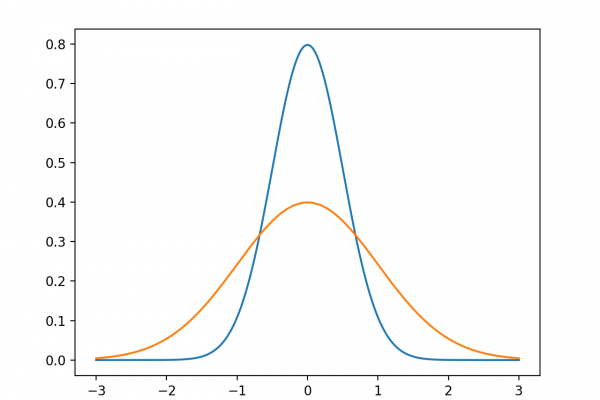A Gentle Introduction to Calculating Normal Summary Statistics
Last Updated on August 8, 2019 A sample of data is a snapshot from a broader population of all possible observations that could be taken of a domain or generated by a process. Interestingly, many observations fit a common pattern or distribution called the normal distribution, or more formally, the Gaussian distribution. A lot is known about the Gaussian distribution, and as such, there are whole sub-fields of statistics and statistical methods that can be used with Gaussian data. In […]
Read more








